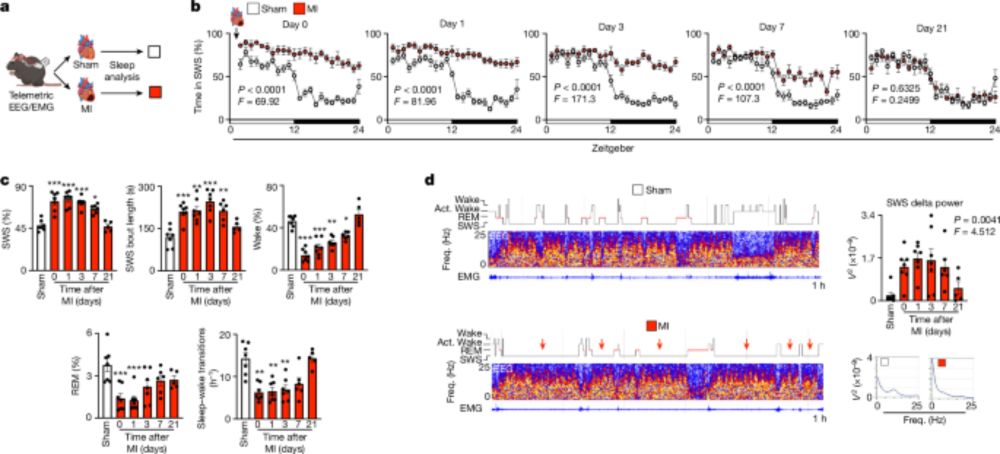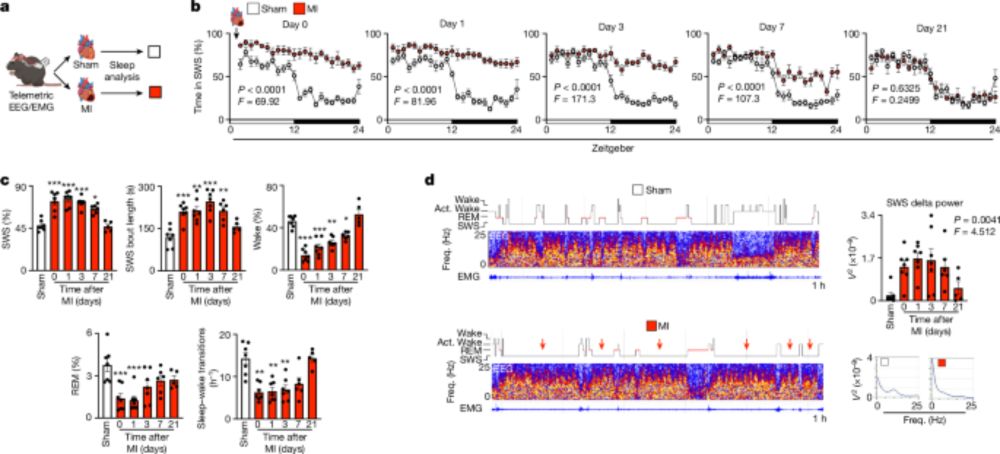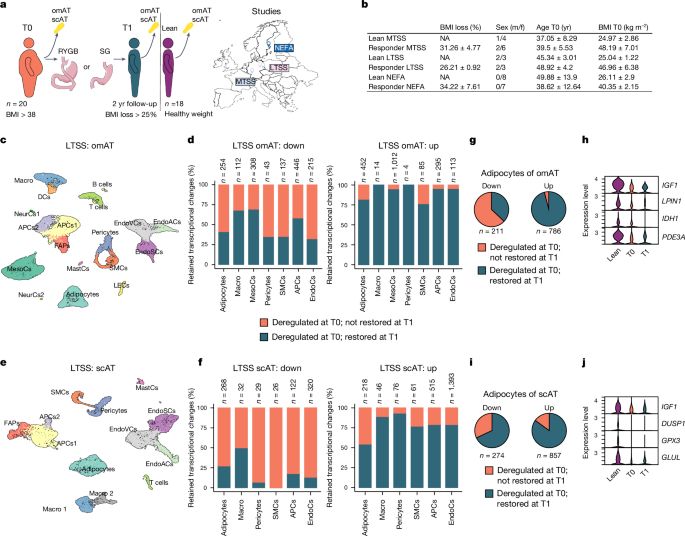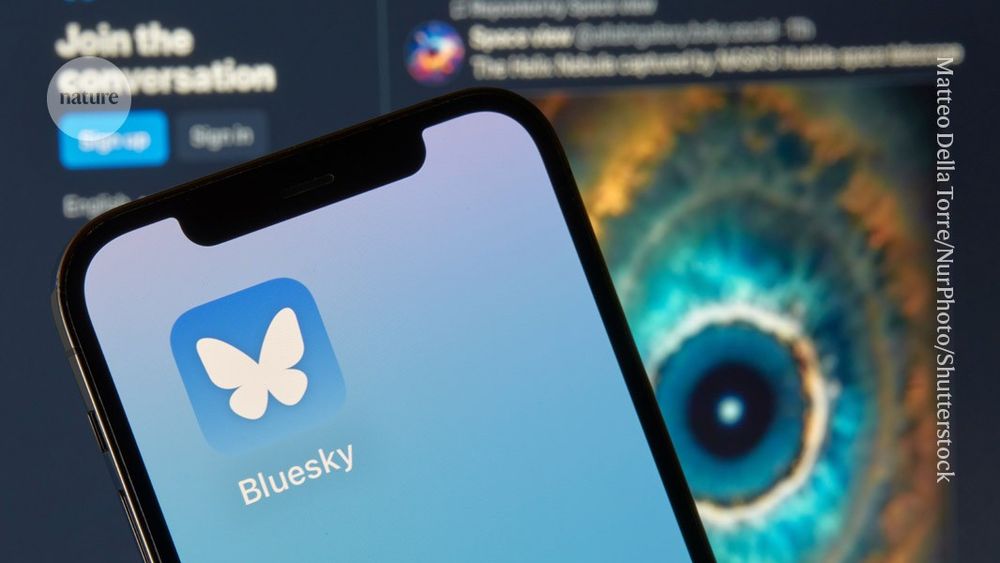
nerdy | queer | they/m
www.nature.com/articles/s41...

www.nature.com/articles/s41...
www.nature.com/articles/d41...

www.nature.com/articles/d41...

www.nature.com/articles/s41...

www.nature.com/articles/s41...
www.nature.com/articles/s41...

www.nature.com/articles/s41...
www.nature.com/articles/s41...

www.nature.com/articles/s41...
Can't wait to see everyone check their fav cell types for these populations!
www.nature.com/articles/s41...

Can't wait to see everyone check their fav cell types for these populations!
www.nature.com/articles/s41...
From @zgerharthines.bsky.social group identifying neuronal NK2R as a regulator of feeding/hunger & energy expenditure, and demonstrating the efficacy of a small molecule agonist in non-human primates for weight loss.
www.nature.com/articles/s41...

From @zgerharthines.bsky.social group identifying neuronal NK2R as a regulator of feeding/hunger & energy expenditure, and demonstrating the efficacy of a small molecule agonist in non-human primates for weight loss.
www.nature.com/articles/s41...
www.nature.com/articles/s41...

www.nature.com/articles/s41...
For me, it certainly feels good to be here!
@natureportfolio.bsky.social @bsky.app
www.nature.com/articles/d41...

For me, it certainly feels good to be here!
@natureportfolio.bsky.social @bsky.app
www.nature.com/articles/d41...

